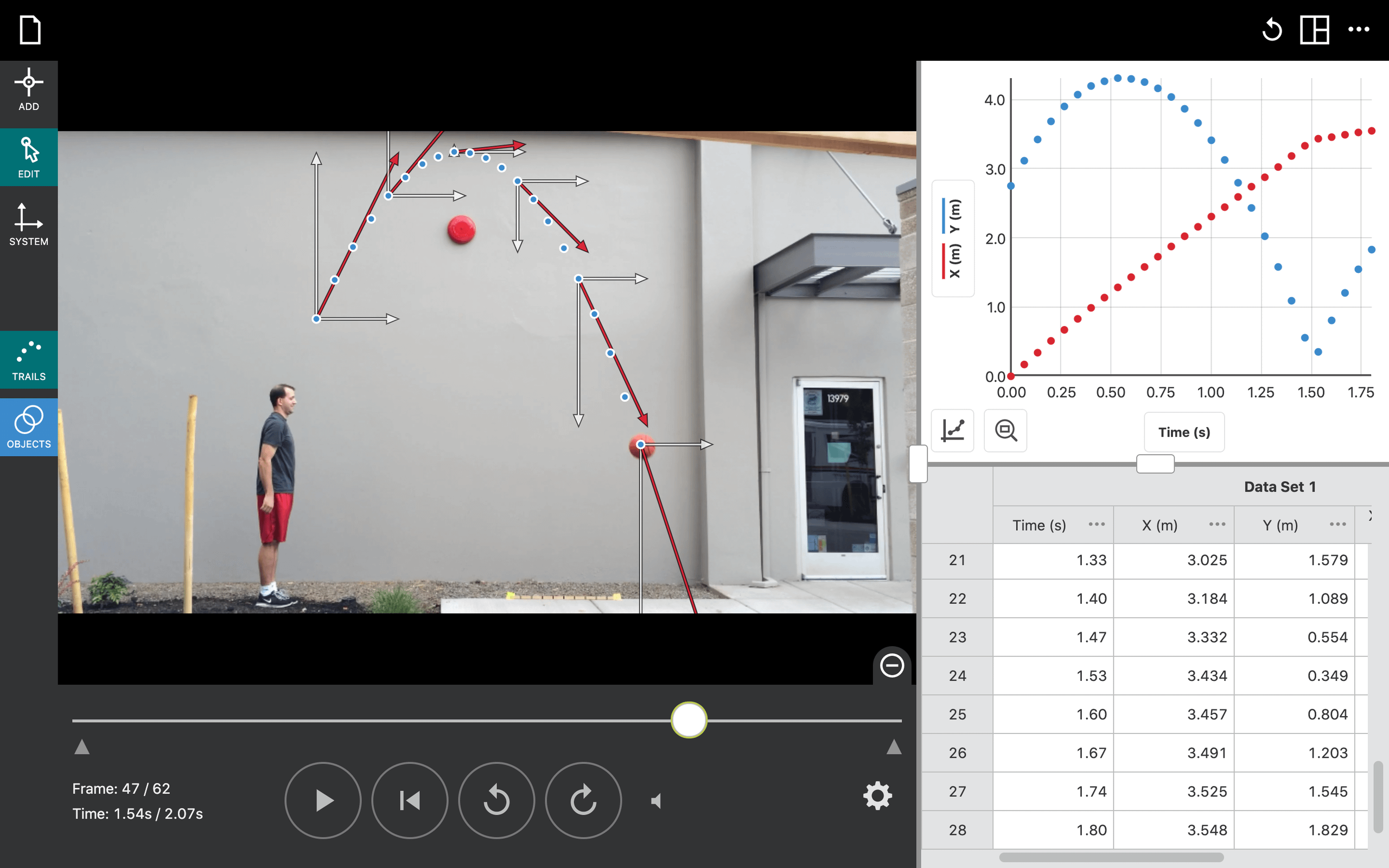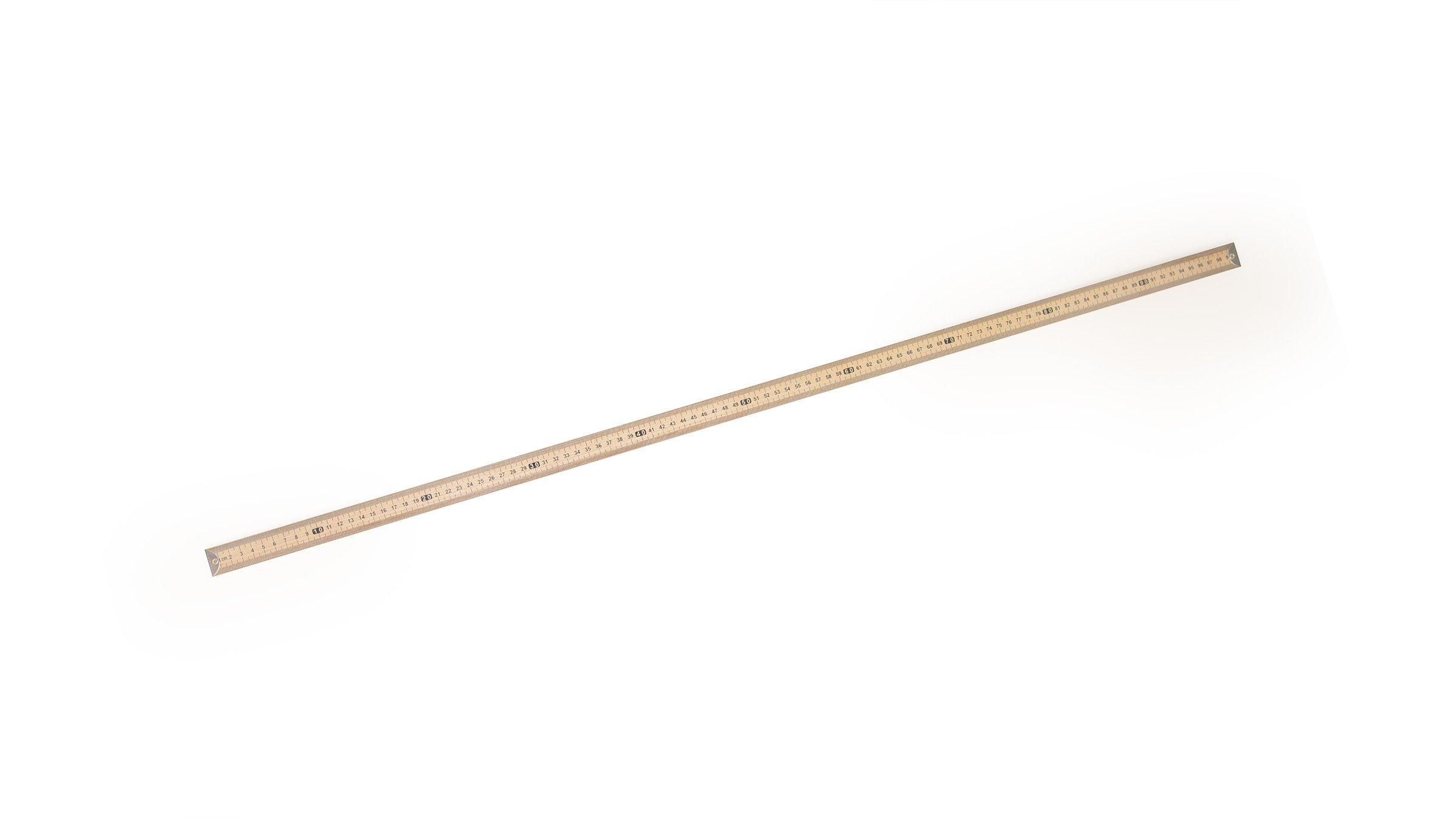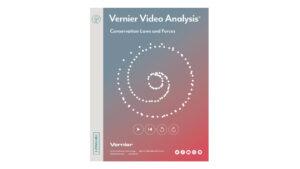Energy in Simple Harmonic Motion
Experiment #5 from Vernier Video Analysis: Conservation Laws and Forces
- Subject
- Physics
Introduction
Have you studied the motion of a mass as it oscillates on the end of a spring? A lot can be learned from this seemingly simple system. In physics, a common analysis involves studying the motion of the mass. Interesting and useful information can also be obtained by investigating the system from an energy perspective, which is what you will do in this activity. You will start by measuring the position of an oscillating mass and spring system, and from the data, you will create and analyze plots of the kinetic and (elastic) potential energies of the system.
The mass and spring system also has gravitational potential energy (Ug = mgh), but we do not have to include the gravitational potential energy term if we measure the spring length from the hanging equilibrium position. We can then focus on the exchange of energy between kinetic energy and elastic potential energy.
If there are no other forces experienced by the system, then the principle of conservation of energy tells us that the sum ΔK + ΔUe = 0, which we can test experimentally.
Objectives
- Use video analysis techniques to obtain position, velocity, and time data for a video of a mass oscillating at the end of a spring.
- Create calculated columns for kinetic energy, potential energy, and total energy.
- Graph energy vs. time and energy vs. displacement, and compare the graphs.
Sensors and Equipment
This experiment features the following sensors and equipment. Additional equipment may be required.
Ready to Experiment?
Ask an Expert
Get answers to your questions about how to teach this experiment with our support team.
- Call toll-free: 888-837-6437
- Chat with Us
- Email support@vernier.com
Purchase the Lab Book
This experiment is #5 of Vernier Video Analysis: Conservation Laws and Forces. The experiment in the book includes student instructions as well as instructor information for set up, helpful hints, and sample graphs and data.



